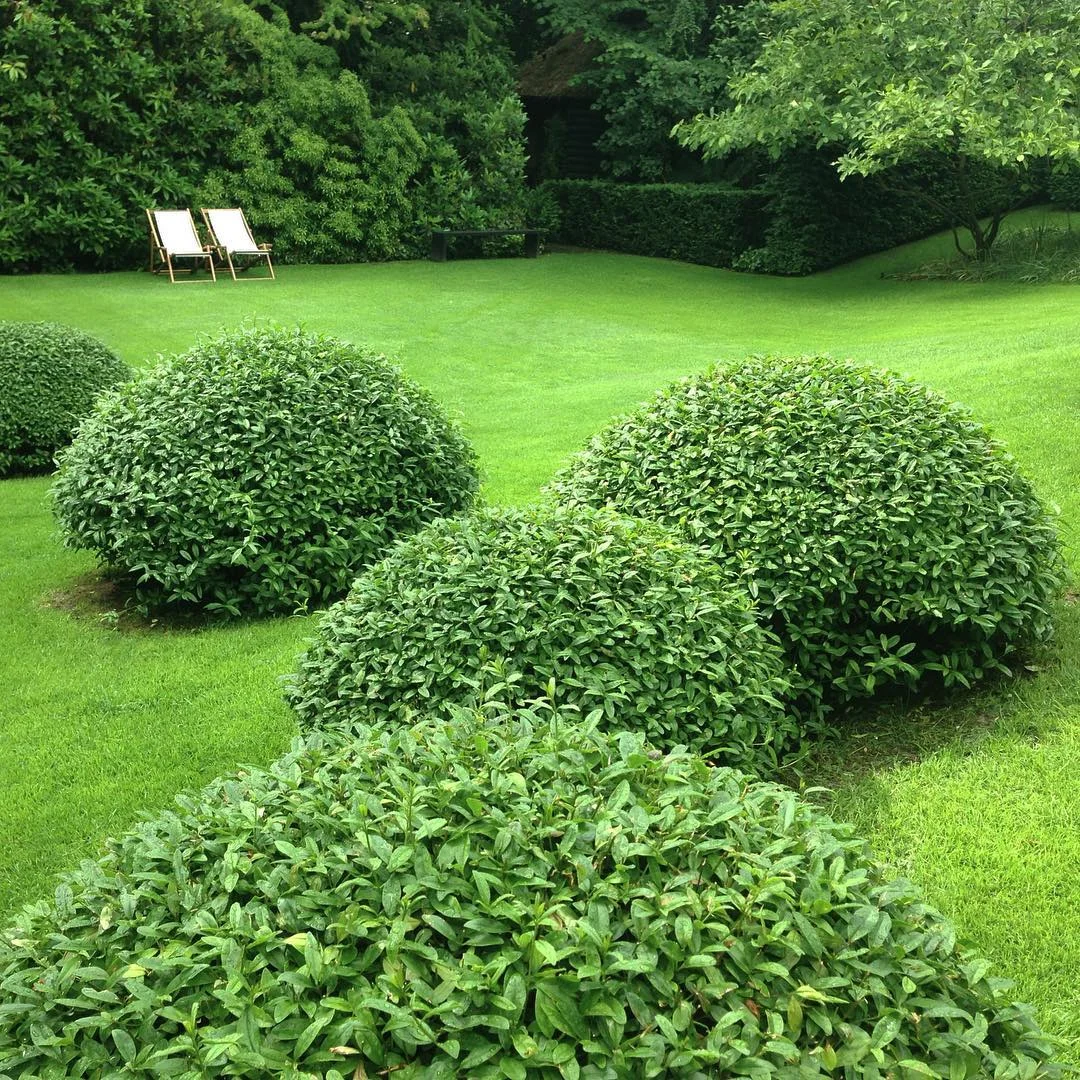Discover how to grow and care for the Cheyenne Privet Hedge (Ligustrum vulgare). Learn about planting tips, maintenance and using this hardy shrub to create a beautiful, dense hedge.
Are you looking for a versatile, hardy shrub to create a beautiful hedge in your garden? Look no further than the Cheyenne Privet Hedge, also known as Ligustrum vulgare. This robust plant is a favorite among gardeners for its quick growth, dense foliage, and ability to thrive in various conditions. In this guide, we’ll explore everything you need to know about growing and caring for Cheyenne Privet Hedges.
Here is a chart with detailed information on the Cheyenne Privet Hedge:
| Category | Information |
|---|---|
| Botanical Name | Ligustrum vulgare, Cheyenne |
| Common Name | Cheyenne Privet Hedge |
| Plant Type | Deciduous to Semi-Evergreen Shrub |
| Hardiness Zone | 4-7 |
| Sun Exposure | Full Sun to Partial Shade |
| Soil Type | Well-drained, Adaptable to Various Soils |
| Watering | Moderate, Drought Tolerant Once Established |
| Growth Habit | Upright, Dense, Bushy |
| Height/Spread | 8-12 feet tall / 4-6 feet wide |
| Flowering Time | Late Spring to Early Summer |
| Flower Description | Small, White, Fragrant Flowers |
| Special Features | Dense Foliage, Easily Shaped, Fast-Growing, Drought Tolerant, Ideal for Hedges and Privacy Screens, Deer Resistant |
What is Cheyenne Privet?

Cheyenne Privet is a cultivar of the common privet (Ligustrum vulgare). It’s a deciduous to semi-evergreen shrub known for its:
- Fast growth rate
- Dense, oval-shaped leaves
- Small white flowers in late spring
- Dark blue-black berries in fall
- Excellent tolerance to pruning
Why Choose Cheyenne Privet for Your Hedge?
There are several reasons why Cheyenne Privet is a popular choice for hedges:
- Quick growth: Can grow up to 2 feet per year
- Adaptability: Tolerates various soil types and light conditions
- Privacy: Creates a dense, effective privacy screen
- Low maintenance: Requires minimal care once established
- Cold hardy: Survives in USDA zones 4-8
Planting Your Cheyenne Privet Hedge
Follow these steps to plant your Cheyenne Privet Hedge:
1. Choose the Right Location
- Full sun to partial shade
- Well-draining soil
- Avoid areas with standing water
2. Prepare the Soil
- Test soil pH (ideal range: 5.5-8.0)
- Amend soil with compost if needed
- Ensure good drainage
3. Planting
- Space plants 2-3 feet apart for a dense hedge
- Dig holes twice as wide as the root ball
- Plant at the same depth as in the container
- Water thoroughly after planting
Caring for Your Cheyenne Privet Hedge
Proper care will ensure your hedge stays healthy and vibrant:
Watering
- Water deeply once a week during the first growing season
- Once established, water during dry spells
- Avoid overwatering to prevent root rot
Fertilizing
- Apply a balanced, slow-release fertilizer in early spring
- Avoid over-fertilizing, which can lead to excessive growth
Pruning
- Prune in late winter or early spring before new growth starts
- Trim 2-3 times during the growing season to maintain shape
- Remove any dead, damaged, or crossing branches
Mulching
- Apply a 2-3 inch layer of organic mulch around the base
- Keep mulch away from the trunk to prevent moisture buildup
Common Problems and Solutions
While Cheyenne Privet is generally hardy, it can face some issues:
Leaf Spot
- Symptoms: Dark spots on leaves
- Solution: Improve air circulation, avoid overhead watering
Scale Insects
- Symptoms: Small, bump-like insects on stems and leaves
- Solution: Use horticultural oil or insecticidal soap
Winter Damage
- Symptoms: Brown or dead branches in spring
- Solution: Prune affected areas, provide winter protection in colder zones
Creative Uses for Cheyenne Privet Hedges
Beyond traditional hedges, consider these creative uses:
- Living fence: Create a natural boundary for your property
- Topiary: Shape into decorative forms for a formal garden look
- Windbreak: Plant a row to protect more delicate plants
- Privacy screen: Use to block unwanted views or create secluded areas
- Wildlife habitat: Provide shelter and food for birds and small animals
Cheyenne Privet Hedge is an excellent choice for gardeners looking for a fast-growing, adaptable, and low-maintenance hedge plant. With proper planting and care, your Ligustrum vulgare hedge will provide years of beauty and functionality to your landscape.
Remember, while privet hedges are popular and hardy, they can be invasive in some regions. Always check local regulations and consider native alternatives if privet is discouraged in your area.
By following the tips and techniques outlined in this guide, you’ll be well on your way to growing a lush, healthy Cheyenne Privet Hedge that will enhance your garden for years to come.
Learn more about native hedge alternatives
Discover other popular hedge plants
Happy gardening, and enjoy your beautiful new hedge!
For more gardening tips and plant care guides, visit usagardenhub.com


1 thought on “Cheyenne Privet Hedge : Growing and Caring for Ligustrum Vulgare”